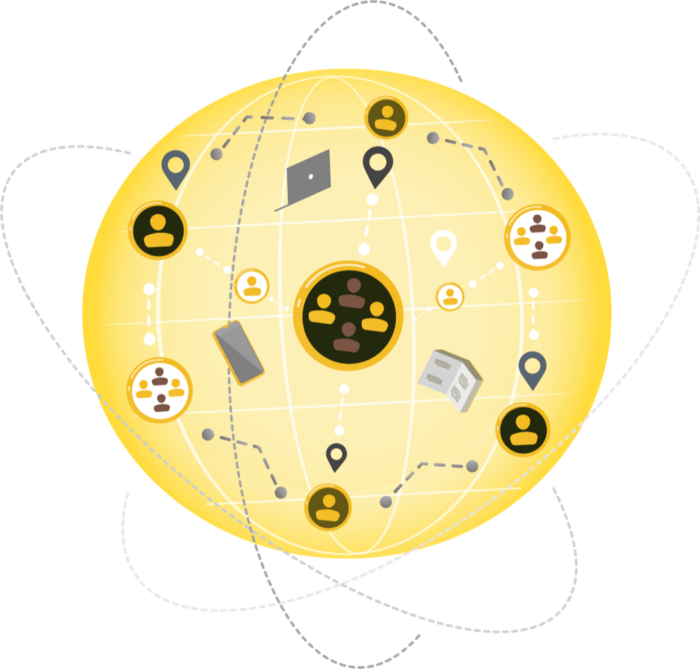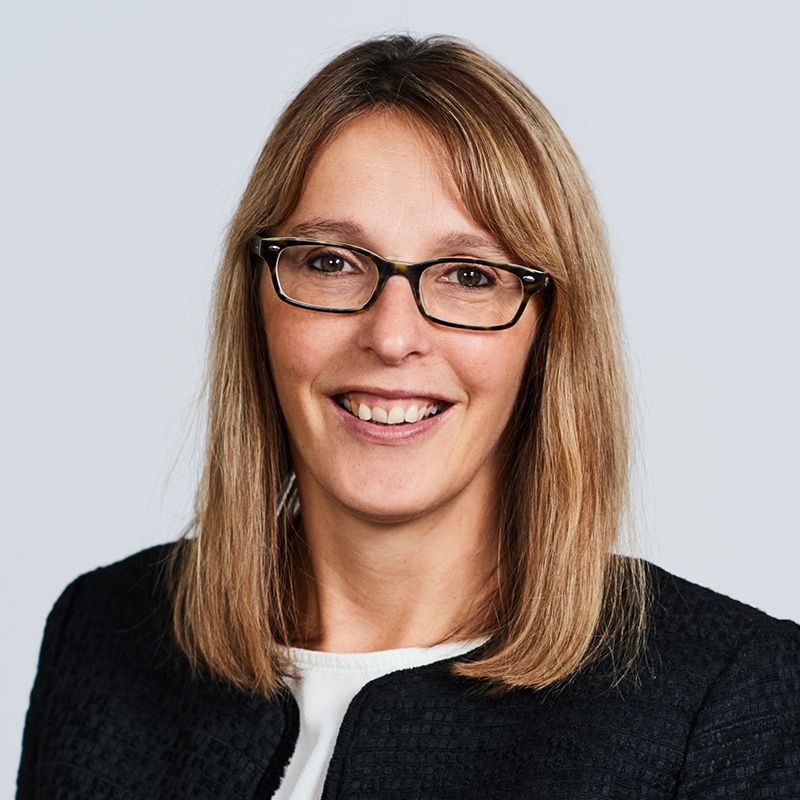Share Content
Article Link Copied
In conversation with…

In the second of our Conversations series, we talk to Cathrin Jerie about building diverse communities across a range of programs at the Jacobs Foundation.

Tell us a bit about yourself. What is your role at the Jacobs Foundation?
Originally from Switzerland, I have worked and lived in the US and Netherlands. My background is in journalism, communication, and the health sector, and I am passionate about leading social change. I have been at the Jacobs Foundation for six years, where I work as a program manager.
I develop complementary programs to build cross- sectorial partnerships that provide education and learning opportunities children need to thrive. This means creating the conditions that allow diverse actors to share and learn from each other.
Can you tell us more about each of the programs you run?
Overall, I oversee three main programs that foster communities striving to transform learning ecosystems around the world.
Firstly, I run the coalitions for evidence inspired action. These are partnerships between accelerators, universities, thinktanks and others. The coalitions support social entrepreneurs as they integrate evidence of what truly helps children learn and thrive. The partnerships are tailored to each stakeholder’s needs to accommodate geographic or structural demands. Through these goal-driven partnerships, the Foundation supports and incentivizes researchers and practitioners across the globe to work together to create evidence-based solutions for the 21st century. For example, we are collaborating with the University of Pennsylvania, Graduate School of Education to create a pathway for education venture development, acceleration, and ecosystem engagement for the Jacobs Fellows and partner network bringing their resources and expertise in education research to entrepreneurs in the Jacobs Foundation ecosystem.
Secondly, Leveraging Evidence for Action to Promote Change (LEAP) brings together researchers, social entrepreneurs, and education ventures. Through these collaborations, the Foundation strives to support education ventures on their evidence journey through tailor-made support from experts in science and entrepreneurism. LEAP creates the conditions for change in the education system, removing the barriers that inhibit researchers and practitioners from working together successfully.
Thirdly, the Learning Sciences Exchange (LSX) program facilitates conversations between scientists, education leaders, entrepreneurs, journalists, and entertainment producers. LSX brings together participants from around the world – known as LSX Fellows – and split them up into teams to develop cross-sector projects to transform learning both in and out of school. LSX breaks down siloes and strengthens relationships between leaders and talented individuals from across Africa, Europe, and South and North America, creating an international network of change agents from different sectors. The aim is to advance the translation of developmental and educational science to drive change in schools, communities, and societies.
Within these programs, how does cross-sectoral collaboration work in practice?
We have had to bepragmatic and creative in approaching the challenge of weaving together people from different fields and creating a space for collaboration between researchers and those from a market-oriented background. Social entrepreneurs often lead the process, working with others to improve a pre-existing service or product, such as an app. Through the LEAP program, sub-communities work in 3-4 person teams over a 12-week project ‘sprint’. In the LSX program, sub-teams of 5 people from each of the participating sectors collaborate over a two-year period.
The first LEAP pilots started in January 2021, so the initiative is relatively early stage. MIT Solve were brought on as a partner, and their active facilitation was critical in driving the program forward.
Both LEAP and LSX provide a vehicle to bring people together. It’s important to challenge mindsets so that participants really listen to each other and understand divergent perspectives.
Why do you engage with communities in this way?
We know that we cannot achieve our goals alone. As a lean organization, we need people who help us drive change. People are the basis of change and that’s why we believe in and engage with them. When you bring together people from different sectors, from different fields, you see a kind of magic happening.
People want to meet each other, they want to talk to each other, they want to exchange ideas, and that’s when we see an explosion of creativity and innovation. It can be structured with co-creation moments but we always make sure there is time to socialize.
What are some of the challenges you have encountered when convening diverse groups?
It’s not easy to find people who are passionate, dedicated and keen to translate their skills into a different setting. The sweet spot is finding those who can benefit from this approach and support but who are also close to the market and able to bring products and services to end users. The main point is the impact on learning outcomes. So many apps are nice and glitzy but have no impact on learning. We are trying to support solutions with proven learning outcomes.
Bridging the needs of different sectors can be difficult. There’s the language issue: people use jargon specific to their sector, and they talk differently because they think differently. There are differing perceptions of urgency: the researcher wants to slowly accumulate evidence whereas the social entrepreneur wants to get into the market.
Another challenge is finding a balance when guiding the formation of the community. You want different voices in the room, but you need to facilitate the forming of teams with care and community management, so that you can take the team through phases of development to create strong bonds.
What lessons have you learnt on how to overcome the challenges of managing incredibly diverse groups?
First, you need to work with an experienced facilitator who accompanies each team through the phases of community evolution. Equally, it’s important that participants own the process and establish relationships independently. I have found that participants are willing to address these challenges collectively as they recognize and appreciate the inherent novelty of the approach.
I also think it’s important to focus on connecting individuals who are at a similar stage in their career to enable a more aligned level of interaction.
Finally, I believe programs could foster even more innovation through the recruitment of a more diverse set of people. It’s a shift we are focusing on within our own projects at the Jacobs Foundation, so that different voices from different cultures and locations are heard and new perspectives are included.
Besides the careful set-up, it’s really worth investing in the early stages of a program or initiative. It’s good to focus a bit less on the direct return on investment and believe in the longer-term benefit.
We should also recognize the circles that are being created – it’s a drop in the water but what participants take back and how they inspire others in their community expands the program’s impact beyond the immediate participants. We might not be able to monitor that but it’s there. Change can only happen slowly. We have to take the time and believe in the people who can make change happen.
Why do you think it is so important to foster cross-sectoral communities?
Not many organizations are trying to bridge this gap between sectors deliberately and systematically. Participants tell us that the premise is quite unique – there is not much space elsewhere for such collaborations. There is a hunger for this space to collaborate together. This hunger is evident in the data – for 40 places on LEAP last year there were 220 applications.
Breaking down barriers and working across sectors collaboratively can inspire the top-down systemic change we want to see in the education system. With LEAP, we’re working bottom-up on education solutions that are evidence based to create a learning environment where children are learning and thriving together. This will be the long-term legacy of building these communities.